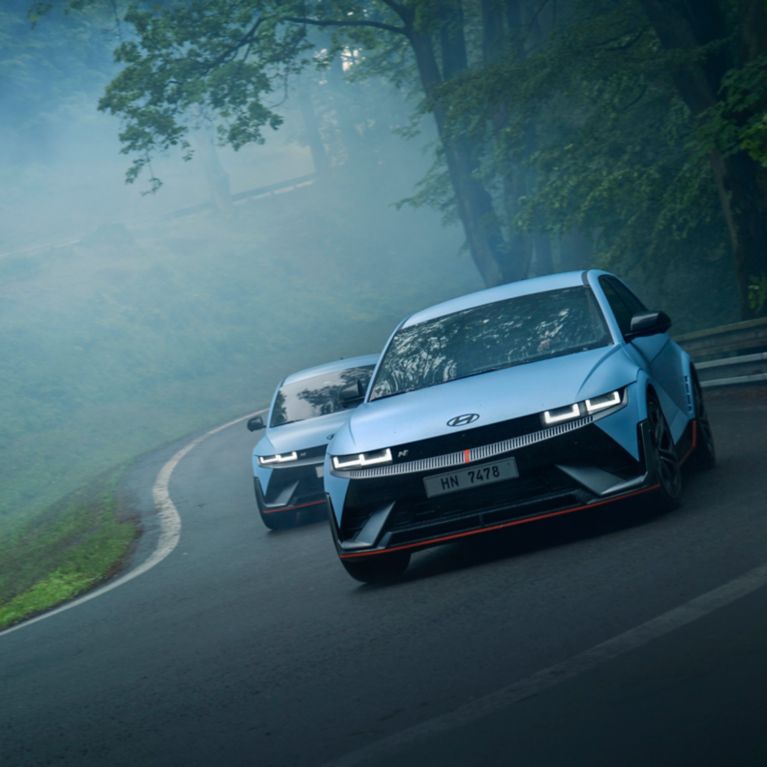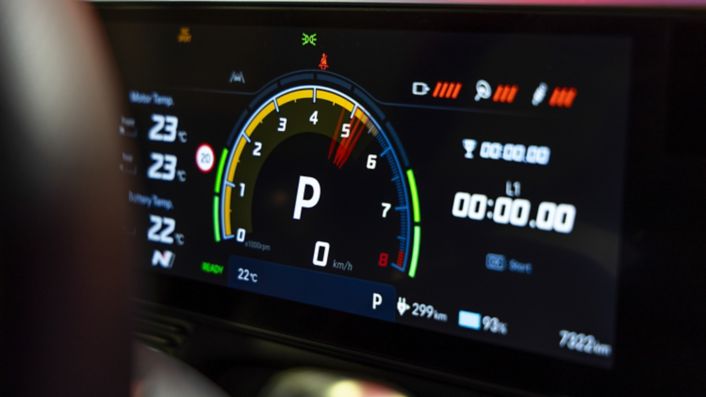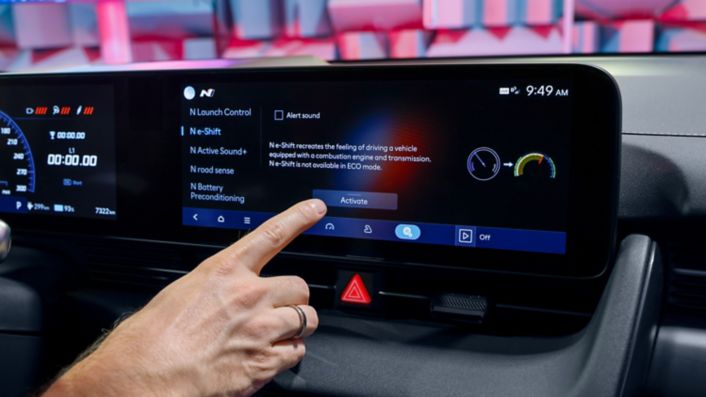There is one aspect of automotive engineering that can profoundly impact the driving experience: emotions. While sitting behind the wheel, the roar of the engine, the grip of the tyres, and auditory cues come together to create an atmosphere that goes beyond the mechanical. This taps into our deepest feelings, connecting us to the car and the road in an instinctual way.
The automotive world understands this connection well, striving to deliver a sense of freedom, an exhilarating feeling of power, and limitless happiness. It goes beyond getting from point A to point B; it is about the journey, the experience, and the emotions along the way.
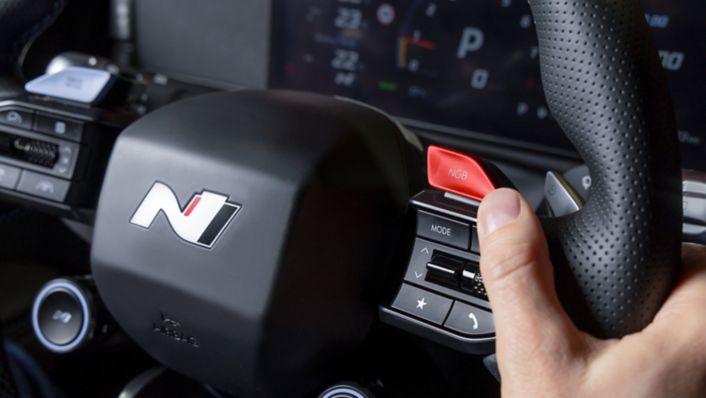
Emotions are important to the driving experience
The driving experience significantly influences emotions as they foster a deeper connection between the driver and the vehicle. On top of promoting safer and more attentive driving, emotions in driving contribute to overall satisfaction and customer loyalty.
Despite this, electric cars are often criticised for not being able to deliver a driving experience as exhilarating as that of a car with an internal combustion engine. However, technology and innovation have come to put an end to this misconception and prove that electric cars can bring out emotions to lift our spirits and spice up our daily lives.
As we move towards a more sustainable automotive future, the transition to eco-friendly cars presents a challenge: How can these powerful emotions be seamlessly transferred to electric cars? With cutting-edge innovations, automotive companies can replicate the thrills of traditional sports cars while elevating the electric car driving experience to new heights. These electrified emotions will surely get drivers’ hearts pounding. Learn more about how this works.
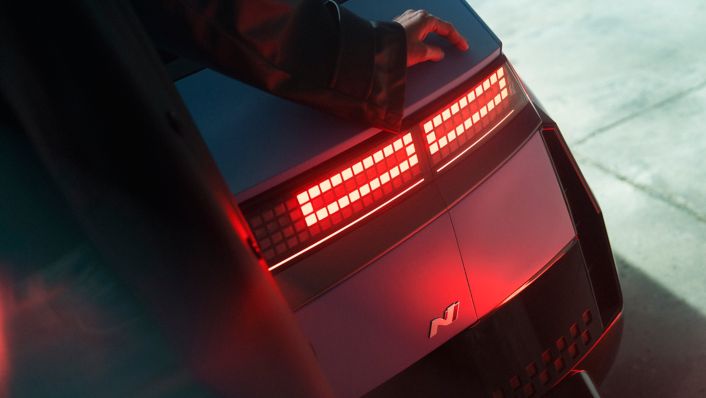
How it feels to drive an electric car
Electric cars, or electric vehicles (EVs), have revolutionised the automotive industry – not solely in terms of sustainable technology but also in the feelings they evoke in drivers.
Behind the steering wheel of an electric car, drivers often experience a unique blend of emotions that set e-vehicles apart from their internal combustion engine counterparts. Generally, the electric car driving experience is hushed: The electric motors only produce a light hum, eliciting a profound sense of tranquillity and well-being.
Some critics argue that this subdued experience lacks the intensity and visceral connection that car enthusiasts find in internal combustion engines. This idea stems from the perception of electric cars as being technologically driven rather than engaging vehicles. Traditional cars, on the other hand, produce engine sounds and tyre noise that give drivers information about the car’s performance and speed.
Characterised by quietness, the electric car driving experience has sparked discussions on the need for innovative sound design, providing automakers an opportunity to explore and enhance the auditory elements associated with electric cars.
The ability to control and customise the sounds, both within and outside the vehicle, opens up new avenues for creating a more engaging driving experience, addressing some of the criticisms aimed at electric cars.
How fast can an electric car go?
The maximum speed of electric cars typically depends on the power output of their driving engines. However, with advancements in electric vehicle technology, acceleration has reached unprecedented levels. Some of the fastest electric cars on the market today can accelerate from zero to 100 km/h in just a few seconds, rivalling their petrol-powered counterparts.
Furthermore, electric motors provide instant torque, delivering an exhilarating surge of power. This sense of acceleration and speed can thrill drivers, providing a sense of freedom and unlimited possibilities.
However, beyond the sheer thrill of speed, what truly distinguishes electric cars is the emotions they evoke. Electric cars captivate the hearts and minds of drivers by blending serenity, sustainability, and technological sophistication.
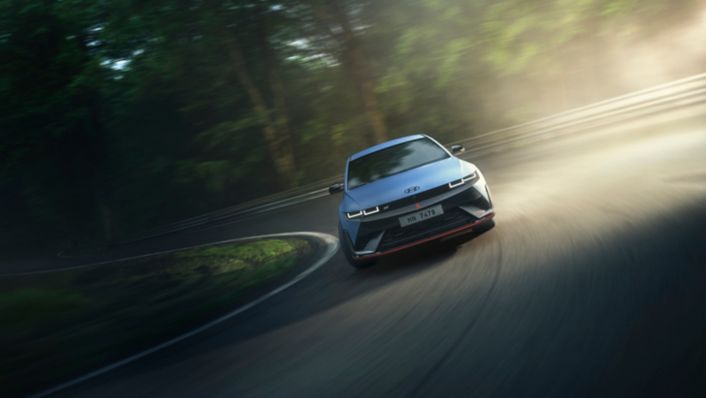
Emotion goes electric: the tech behind a high-performance electric car
Thanks to cutting-edge technologies, high-performance electric cars are rapidly advancing to deliver the same exhilarating emotions as sports cars that run on petrol.
Hyundai Motor is doing this by melding the worlds of electrification and high performance in the all-new IONIQ 5 N. The electric sports car is a game-changer outfitted with innovative technologies, such as N e-Shift and N Active Sound +, that deliver a more responsive, captivating driving experience for improved decision-making and driving fun.
Our brand’s DNA encompasses our passion to bring excitement and unlimited joy to our customers’ lives. We want them to enjoy every second of the driving experience. Our instincts push us to continue pursuing ‘fun to drive’ moments. This is why, with a Hyundai N model, you never just drive.
The shifting effort of N e-Shift is created by controlling the VCU (vehicle control unit) logic. By simulating an 8-speed dual-clutch transmission, drivers enjoy a more interactive and dynamic driving experience. Additionally, the system recreates the jolt feeling between shifts by momentarily disengaging the motor torque, as well as the miss-shift feeling through its rev-matching function.
While developing IONIQ 5 N, we constantly referred to the character map, which attempts to capture the car’s essence. What does it feel like? What does it sound like? Which feelings do we want to evoke? From a technical perspective, this comes with many challenges, which is why features like N e-shift and N Active Sound + are a great testament to our expertise in electric cars.
Sound plays a crucial role in the driving experience as it provides feedback and contributes to the overall connection with the vehicle. N Active Sound + offers drivers a sonic reference point while enjoying the thrill of an electric driving experience. The feature not only creates futuristic electric car sounds but goes above and beyond by incorporating the beloved engine and exhaust noises typical of petrol-fuelled cars. This technology produces different sounds whether reaching the top speed of 260 km/h or going from zero to 100 km/h in 3.4 seconds (with N Grin Boost engaged).
The way N Active Sound + works is by providing intuitive auditory feedback that corresponds directly to the motor torque output. Utilising a ten-speaker system with eight internal and two external speakers, IONIQ 5 N allows the driver to better gauge how much power is being harnessed.
Experiment proves: Electric cars are thrilling to drive
During the dark Norwegian winter, a pioneering experiment has found a spark of light. Conducted over four days in the town of Rjukan, locals suffering from seasonal affective disorder tested the exhilarating capabilities of IONIQ 5 N. Applying novel biometric methods to gauge emotional responses, neuroscientist Shani Tal and her team investigated whether Hyundai’s first electrified N model could combat the effects of the winter blues.
The findings were illuminating. Participants exhibited a notable rise in positive emotions following their drives. This discovery not only underscores the potential of technology, specifically electric cars, to enhance human well-being but also sets the stage for further investigations into how our interactions with advanced innovations can profoundly affect our emotional health.
The future of electrified emotion
In the ever-evolving landscape of automotive innovation, one truth remains: The driving experience is a deeply personal journey. For speed enthusiasts, this connection has long been synonymous with high-performance sports cars, where the roar of a powerful engine and the exhilarating jolt of acceleration provide the charge that fuels their passion. However, automakers are developing state-of-the-art technologies that enable electric cars to spark these same emotions through feeling and sound.
Disclaimer: CO2 and emissions data
- The Hyundai IONIQ 5 N is not currently available for sale. Electricity consumption and CO2 values for this model have not yet been determined.

